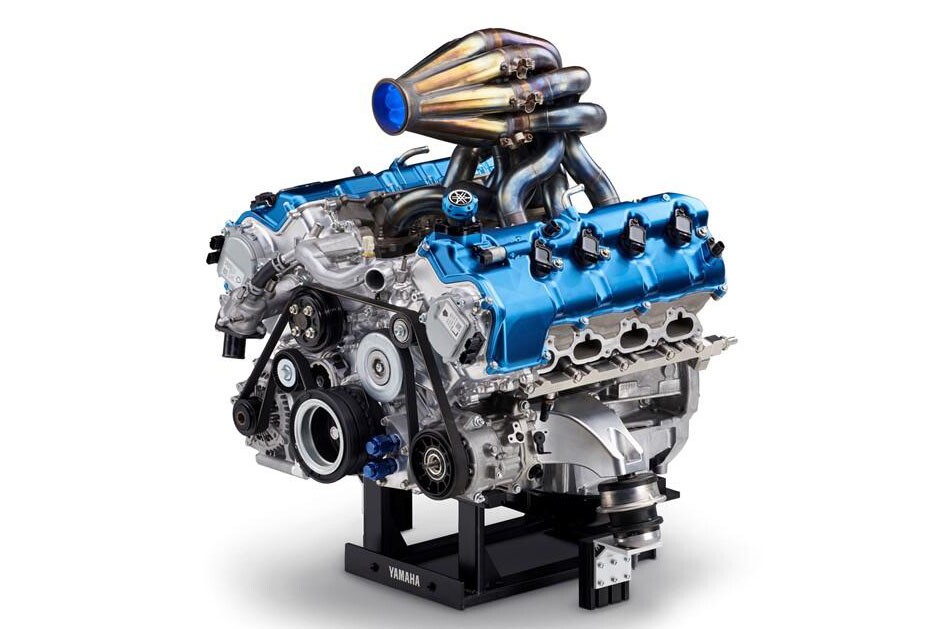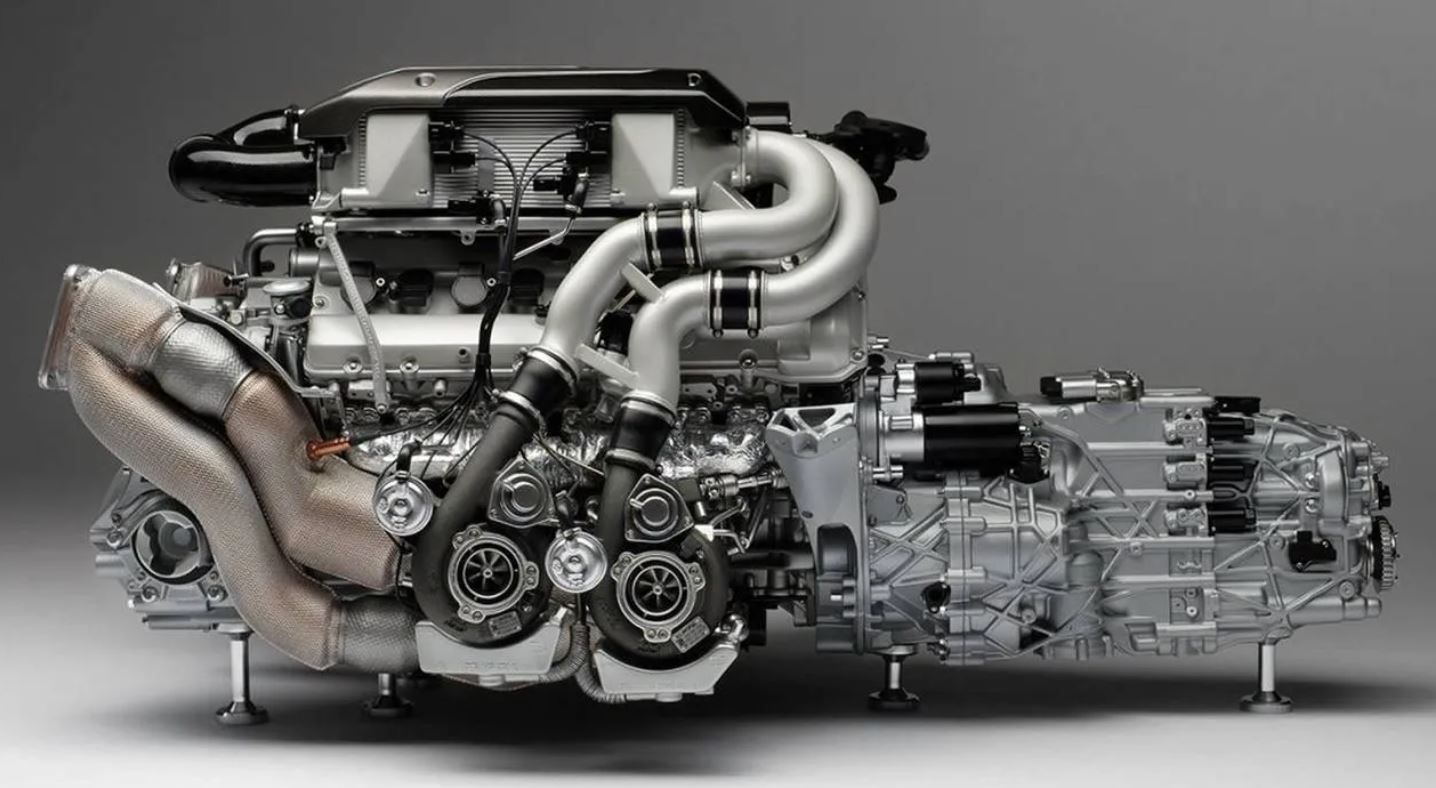Your Best Automobile Components Shop for Engines for Africa and Much more
Your Best Automobile Components Shop for Engines for Africa and Much more
Blog Article
The Mission for Ultimate Driving Power: Checking Out the Pinnacle of Engine Efficiency and Technological Innovations in the Automotive Market
In the realm of vehicle design, the quest of maximum driving power has been a relentless mission that has unravelled via the development of engine layout and the combination of advanced modern technologies. From the meticulous workmanship of burning engines to the rapid innovations in electrical propulsion systems, the vehicle industry stands at the cusp of a brand-new age characterized by extraordinary performance capacities.
Development of Engine Layout

In addition, the assimilation of turbocharging and turbo charging innovations has actually reinvented engine design by enhancing power without considerably boosting engine size. These forced induction systems press the intake air, permitting for even more gas to be combusted, therefore creating better power result from a smaller sized engine. This innovation has been especially critical in boosting the performance of smaller displacement engines while preserving gas performance criteria.

Performance-Enhancing Gas Technologies
The application of sophisticated fuel modern technologies has dramatically added to boosting engine performance in modern-day automobiles. From typical fuel and diesel to ingenious biofuels, synthetic gas, and hydrogen, the automotive industry is experiencing a change in gas choices. Biofuels, stemmed from sustainable resources like sugarcane, algae, or corn, deal minimized exhausts and improved engine effectiveness. Artificial fuels, generated through chemical processes, provide high octane ratings, boosting power outcome. Hydrogen fuel cells, although still in the early phases of fostering, show fantastic assurance due to their zero-emission nature and possibility for high efficiency. In addition, fuel additives and detergents are being formulated to clean engine components, enhance combustion, and lower rubbing, thus boosting overall automobile performance. With recurring research and development, the mission for the utmost driving power proceeds, as engineers strive to open the complete capacity of performance-enhancing fuel innovations in the vehicle market.
Advancements in Electric Propulsion
Significant strides in electrical propulsion modern technology have transformed the automobile industry, leading the way for a brand-new age of sustainable and reliable transport. Electric cars (EVs) are obtaining popularity as a result of their ecological advantages and advancements in battery modern technology, allowing longer driving ranges and much shorter billing times. Manufacturers are investing heavily in study and growth to boost the efficiency of electric propulsion systems, concentrating on raising power output, enhancing energy performance, and minimizing total weight.
One noteworthy advancement in electric propulsion is the growth of advanced electric motors that provide greater torque and power density, causing boosted velocity and overall driving performance. In addition, regenerative stopping systems have been improved to save and record power throughout slowdown, additional increasing the performance of EVs.
Furthermore, the go to this web-site combination of clever innovations, such as expert system and predictive analytics, is maximizing the management of electric propulsion systems, guaranteeing optimal efficiency under various driving problems. These advancements in electric propulsion are improving the automotive landscape, driving the market towards a more sustainable and electrified future.
Impact of Computational Liquid Dynamics
With innovations in electric propulsion pushing the borders of auto innovation, the assimilation of Computational Fluid Dynamics is playing an essential function in maximizing aerodynamic performance and improving general effectiveness in car layout. Computational Liquid Dynamics (CFD) includes using computer system simulations to examine the flow of air around a car, allowing designers to predict how layout modifications will certainly affect the rules of aerodynamics without the requirement for pricey physical prototypes. By properly modeling air flow patterns, CFD enables the improvement of lorry shapes to reduce drag, improve air conditioning, and improve security.
CFD allows designers to optimize airflow around components such as radiators, engine bays, and wheel wells, contributing to boosted performance and total driving experience. In final thought, the integration of Computational Fluid Characteristics represents a significant action onward in the quest for supreme driving power and performance in the automobile industry.
Future Patterns in Engine Innovation
In the dynamic landscape of vehicle design, advanced improvements are shaping the future trajectory of engine development. The future of engine design is marked by a strong emphasis on sustainability, performance, and efficiency. Suppliers are increasingly focusing on creating engines that not only supply high power outputs yet additionally prioritize environmental responsibility by enhancing and decreasing emissions fuel effectiveness.
One famous trend in engine development is the rise of electrification. Hybrid and electrical powertrains are gaining traction as practical choices to standard burning engines. These modern technologies provide the capacity for considerable decreases in carbon discharges and raised power efficiency, aligning with global efforts to combat climate modification.
In addition, innovations in materials science and manufacturing strategies are enabling the manufacturing of lighter and a lot more long lasting engine parts. This shift towards light-weight products such as carbon fiber and aluminum alloys contributes to improved efficiency and gas economic climate.
Verdict
To conclude, the search of ultimate driving power in the automotive sector continues to drive advancements in engine layout, fuel modern technologies, electric propulsion, and computational company website liquid dynamics. The evolution of these technologies is shaping the future of engine development, paving the means for more efficient and powerful automobiles (engines for africa). As the sector proceeds to press the borders of what is possible, we can anticipate to see much more revolutionary advancements in the quest for peak efficiency
One of the crucial turning points in engine style evolution is the shift from typical carbureted engines to contemporary fuel-injected systems. By precisely metering the fuel shipment to each cylinder, fuel-injected engines enhance burning, resulting in better efficiency and reduced ecological influence.
Furthermore, the assimilation of turbocharging and turbo charging technologies has actually transformed engine layout by improving power without significantly raising engine dimension (engines for africa).The application of sophisticated fuel modern technologies has substantially contributed to improving engine efficiency in contemporary automobiles. Additionally, gas additives and cleaning agents web link are being formulated to tidy engine parts, enhance combustion, and minimize rubbing, thereby boosting overall automobile efficiency
Report this page